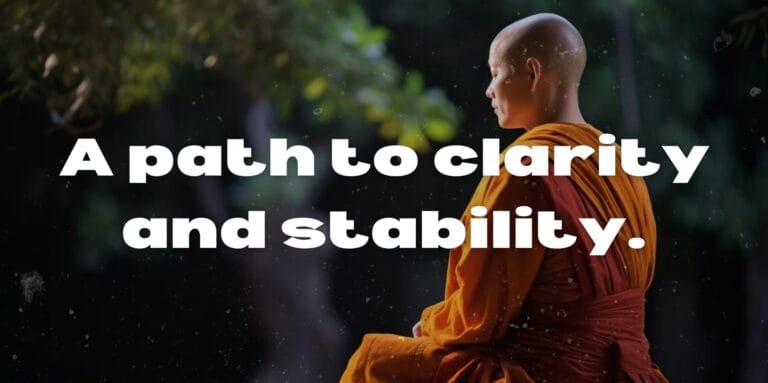
We have all heard about prana and nadis at one point, but what about the granthis?
Ah granthi! It is another important concept in yogic philosophy, often mentioned alongside prana and nadis. Here’s what it signifies:
Meaning:
- Sanskrit word: Granthi translates to “knot” or “doubt“, but with specific nuance. It means a difficult knot to untie. Imagine a tightly knotted purse in a traditional Indian garment – that’s the kind of knot granthi symbolizes.
Yogic context:
- Psychic knots: In yoga, granthis represents psychological and energetic blockages within us. These “knots” are believed to impede the free flow of prana (life force) through the nadis (energy channels) in the subtle body.
- Three main granthis: Yogic tradition identifies three main granthis.
- Brahma Granthi: Located at the base of the spine, it represents attachment to the material world.
- Vishnu Granthi: Situated in the heart centre, it signifies ego, self-doubt, and emotional blockages.
- Rudra Granthi: Found between the eyebrows, it symbolizes the limitations of the mind and the veil of illusion.
Impart of granthis:
- Blocked energy flow: Granthis are believed to obstruct the flow of prana through the central energy channel (Sushumna Nadi), hindering spiritual growth and preventing the awakening of Kundalini energy.
- Psychological limitation: Each granthi also corresponds to specific psychological and emotional challenges we might face.
Working with granthis:
- Yoga practices: Yoga practices like asanas (postures), pranayama (breathing techniques), and meditation are believed to help loosen and dissolve granthis, promoting free flow of energy and facilitating spiritual progress.
So, granthi represents the “knots” within us that hinder our spiritual and psychological well-being. Yoga practices aim to help us unravel these knots and achieve a state of greater freedom and liberation.


